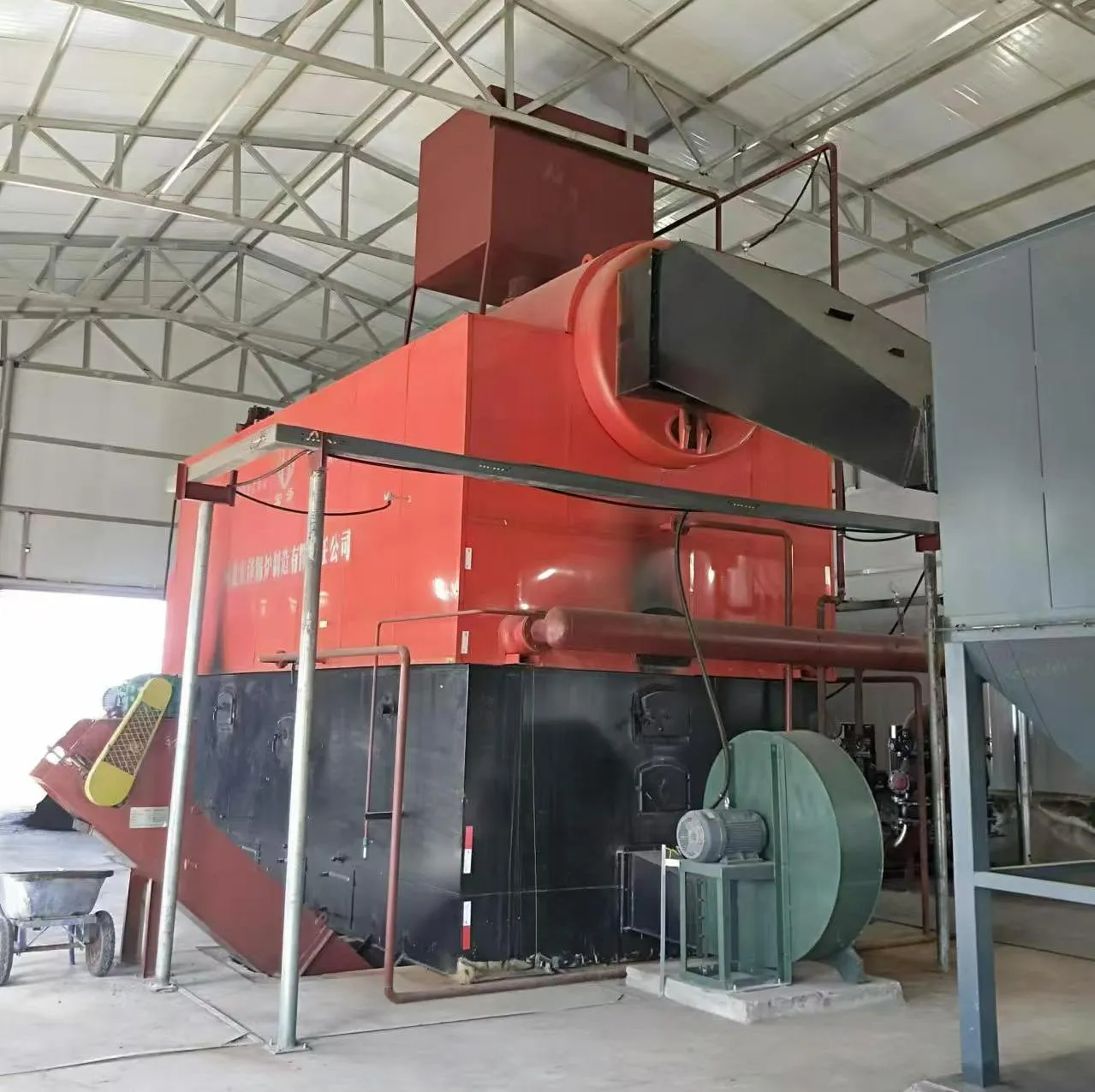
Dec . 23, 2024 19:49 Back to list
High Efficiency Steam Systems for Industrial Applications and Energy Optimization Strategies
High Pressure Steam Systems An Overview
High pressure steam systems are critical components in various industrial applications, most notably in power generation, chemical processing, and heating. These systems operate by generating steam at pressures significantly higher than atmospheric pressure, resulting in enhanced energy efficiency and more effective heat transfer. Understanding the operational principles, benefits, and safety considerations of high pressure steam systems is essential for engineers and operators working in industries where such systems are utilized.
Operational Principles
A high pressure steam system typically consists of several key components a boiler, steam piping, control valves, a turbine (in power generation applications), and heat exchangers. The boiler is the heart of the system, where water is heated to generate steam. Various fuel sources can be used to heat the water, including natural gas, oil, coal, or biomass. The choice of fuel affects not only the efficiency of the steam generation process but also the environmental impact of the operation.
Once produced, steam is transported through insulated piping to various end-use points, where it is either used for heating, driving turbines for electricity generation, or in chemical processes. As steam travels through the pipes, it can lose pressure and temperature; thus, proper insulation and maintenance are crucial to preserve steam quality and energy efficiency.
Benefits of High Pressure Steam Systems
One of the primary advantages of high pressure steam systems is their efficiency. Higher steam pressures lead to higher temperatures, which in turn can improve the thermodynamic efficiency of power generation cycles. This is particularly significant in combined cycle power plants, where steam produced at high pressures is used to drive steam turbines following gas turbines.
Moreover, high pressure steam can be utilized for heating purposes in industrial applications, significantly reducing energy consumption compared to low pressure systems. The ability to transfer thermal energy over long distances without significant losses is a major advantage in large manufacturing plants or district heating applications.
high pressure steam system

Another benefit includes the reduced size of equipment required for heat transfer. At higher pressures and temperatures, the heat transfer coefficients increase, enabling smaller and more compact heat exchangers. This can lead to lower material costs and reduced installation space.
Safety Considerations
While the advantages of high pressure steam systems are substantial, so are the safety risks associated with their operation. High pressure steam can pose significant hazards, including burns, scalds, and explosions. Therefore, strict adherence to safety regulations and best practices is paramount.
Regular maintenance and inspection of components such as boilers, pressure relief valves, and piping systems are essential to ensure safe operation. Implementing a robust safety management system, including training for workers, emergency response planning, and adherence to industry standards (such as ASME and OSHA guidelines) is critical.
Furthermore, modern technologies, such as automated control systems and advanced monitoring techniques, can enhance the safety and efficiency of high pressure steam systems. These technologies allow for real-time monitoring of pressure, temperature, and flow rates, enabling operators to take corrective actions before any issues escalate.
Conclusion
High pressure steam systems are a vital part of various industries, providing significant benefits in terms of efficiency and thermal energy transfer. While their operation presents inherent safety risks, adherence to best practices and leveraging modern technologies can mitigate these hazards. As industries continue to seek ways to enhance productivity and reduce environmental impacts, high pressure steam systems will likely remain a pivotal component in the energy landscape. Understanding their operational principles, benefits, and safety considerations will empower engineers and operators to maximize their potential while ensuring safe and responsible use.
-
High-Efficiency Commercial Oil Fired Steam Boiler for Industry
NewsJul.30,2025
-
High-Efficiency Biomass Fired Thermal Oil Boiler Solutions
NewsJul.30,2025
-
High Efficiency Gas Fired Thermal Oil Boiler for Industrial Heating
NewsJul.29,2025
-
High-Efficiency Gas Fired Hot Water Boiler for Sale – Reliable & Affordable
NewsJul.29,2025
-
High Efficiency Biomass Fired Hot Water Boiler for Industrial and Commercial Use
NewsJul.29,2025
-
High-Efficiency Biomass Fired Hot Water Boiler for Industrial Use
NewsJul.28,2025
Related PRODUCTS






















